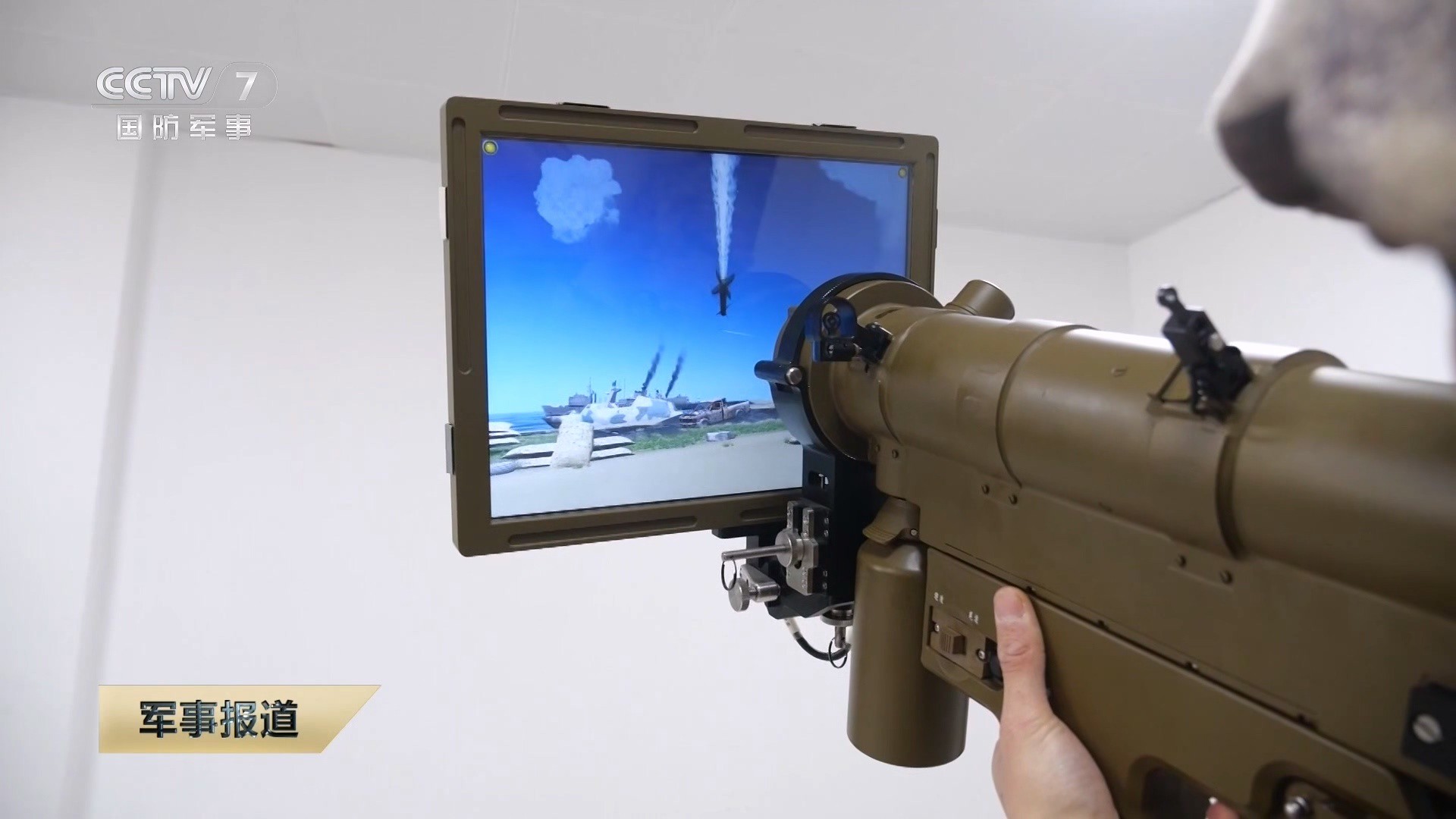with the congested number of SAR satellites in space, long range missile loses its effectiveness. It is being detected once launched
Before I used to believed that a swarm of hypersonic missile is a game changer. Now it is 50/50%. Unless the missile know how to make sudden swerve around oncoming antimissiles like its playing dodgeball or something..
Imagine trying to catch a basketball while both you and the basketball are in the air (as in, you jump upwards in order to catch the basketball before it scores) - But this time, both you and the basketball are travelling in the units of
kilometers per second (km/s), not meters per second (m/s) - Across vast, empty spaces.
It's one thing to detect and trace the strike missile, but
it's another thing to be able to effectively and continuously track the strike missile while formulating solutions before launching interceptors at the right trajectory and speed in order to intercept the strike missile.
That's also why long-range strike missiles are developed to travel faster in the supersonic and hypersonic speed regimes. For the interceptor missile, even having a trajectory that misses the strike missile by merely 1 or 2 degrees can mean missing the strike missile
by kilometers entirely.
Besides, what makes you think that short-range missiles can't be detected and tracked? Beyond satellites, there are plenty of land, air and sea-based platforms that can reliably detect and track these kinds of missiles. Even low-observability missiles are no exception - They are just more difficult to track, not impossible.


